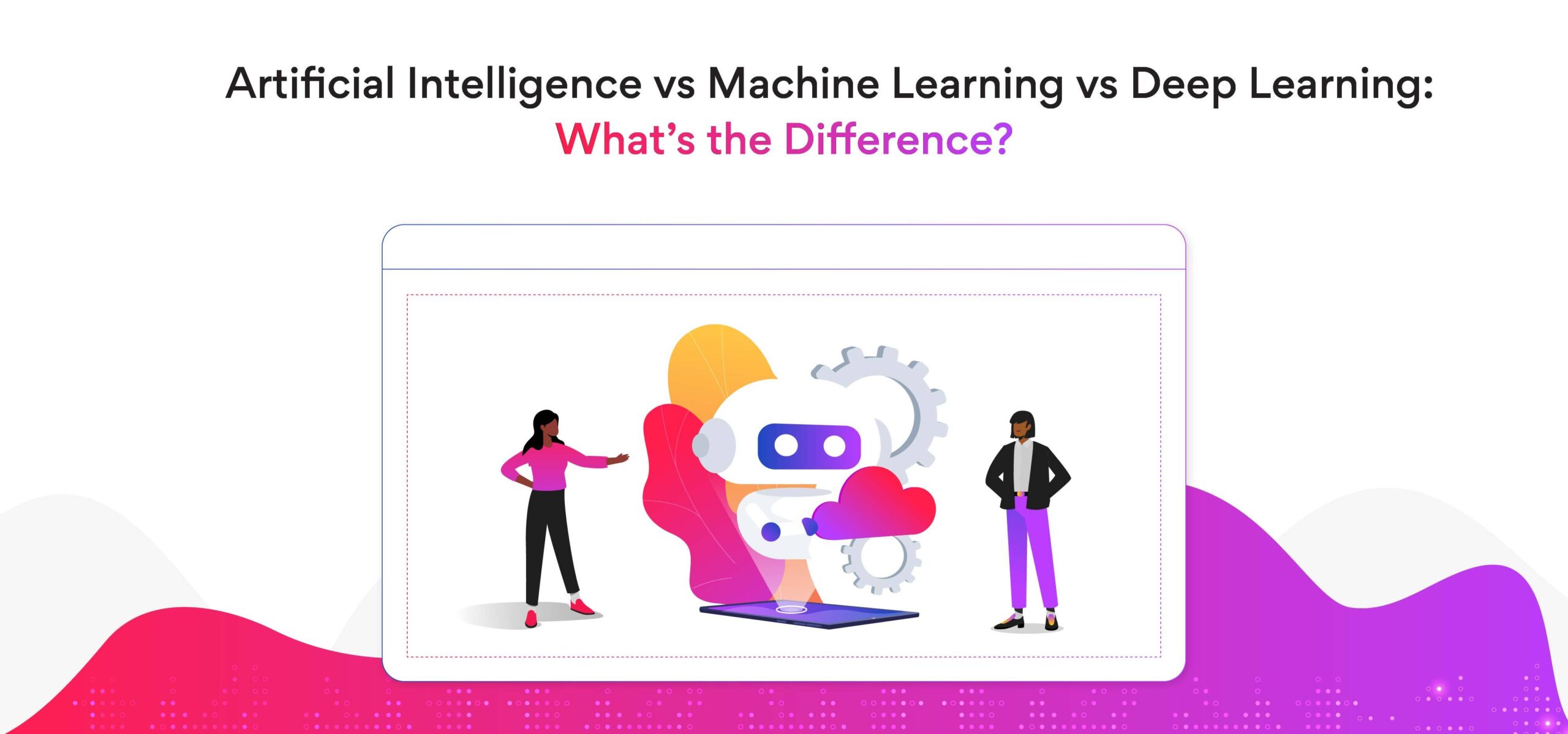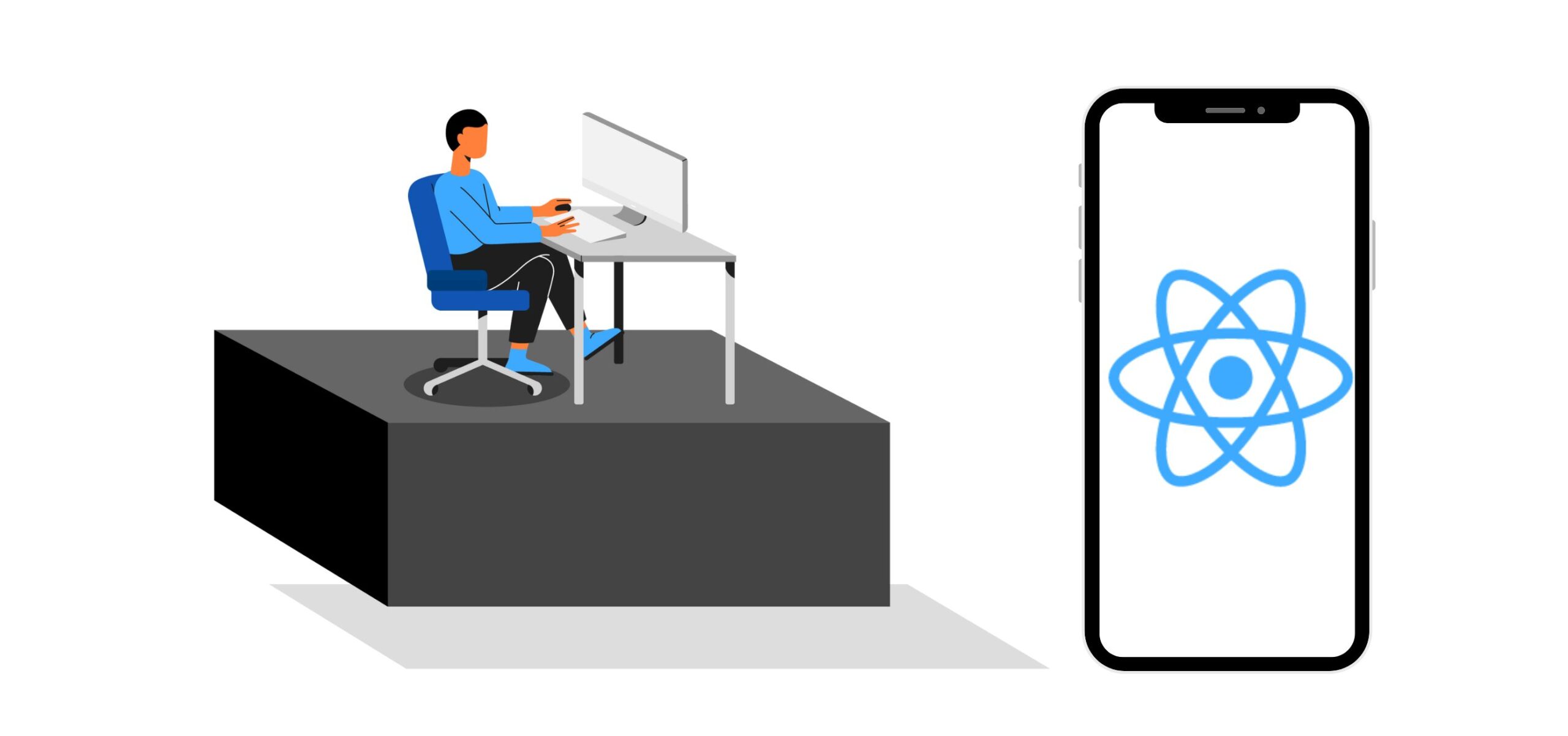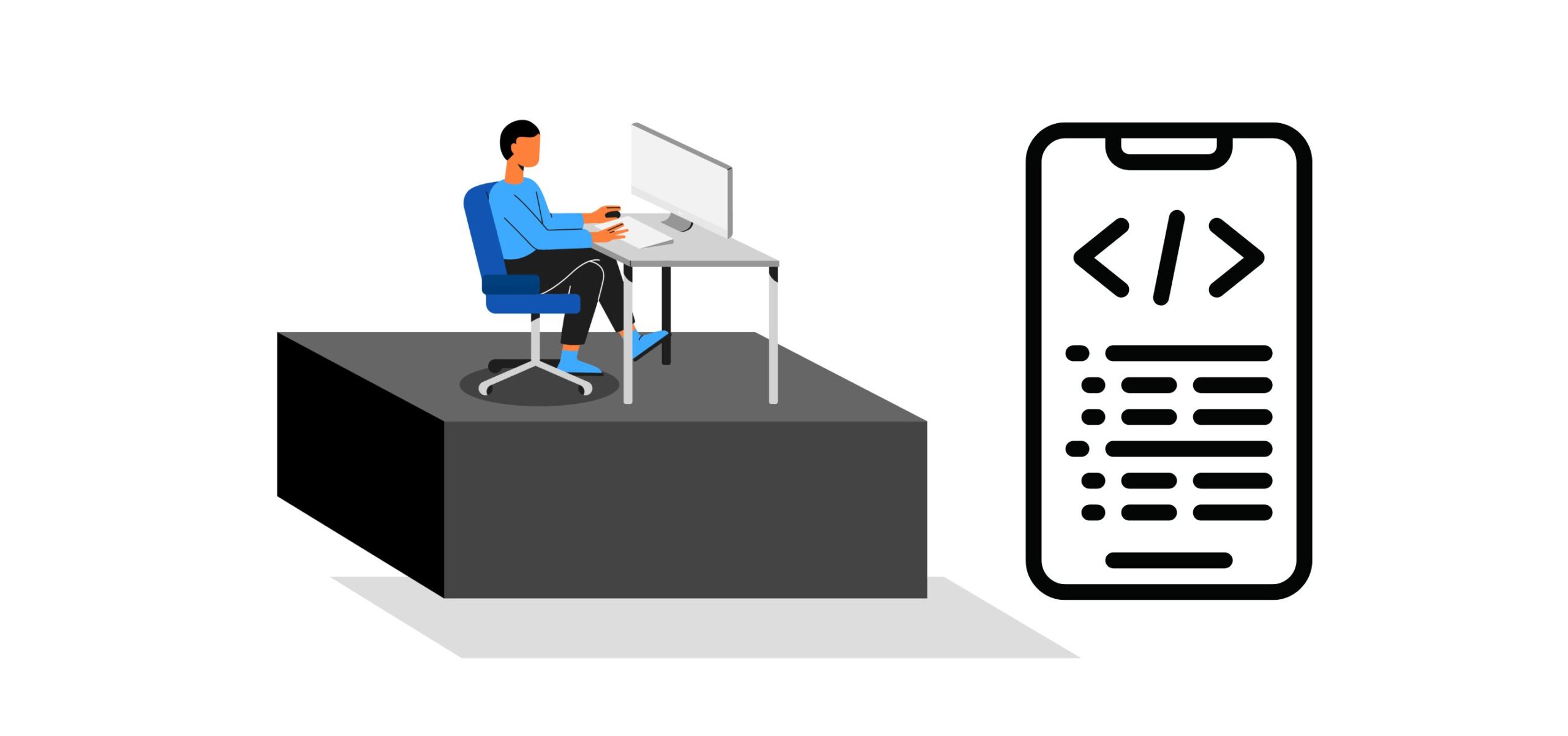Mastering Large Language Models in 2024: A Learning Path for Developers
Welcome to the world of large language models (LLMs) in 2024, where cutting-edge technologies like transformer architectures are reshaping the landscape of natural language processing tasks.
Whether you are a seasoned artificial-intelligence engineer or just starting on your developer journey, this blog will empower you to harness the full potential of these powerful models and contribute to shaping the future of language understanding.
Let’s dive into the essential components of mastering LLMs.
What is a large language model?
A large language model is a type of deep-learning model that uses transformer models and are trained using massive datasets. LLMs are different from other deep learning models in many ways, but their transformer architecture is a game changer in natural language processing.It allows them to capture long-range dependencies in text and excel in tasks such as text generation, translation, summarization, and question-answering.
Some key features of its Transformer architecture are as follows:
- Self-attention allows the models to focus on different parts of input when making predictions.
- Encoder-decoder architecture is often used for tasks like translation.
- Positional encoding deals with the sequential nature of language by adding position information to words.
Now that we’ve discussed LLMs and their transformative architecture, let’s now shift our attention to the cornerstone of LLMs—pretraining.
Pretraining: The foundation of LLMs
Pretraining is the building block of LLMs, where we expose them to massive text data that enables them to grasp the language.
In the initial pre-training phase, LLMs are introduced to extensive text collections to learn language patterns, grammar, and context. This phase focuses on specific tasks like masked language modeling and predicting the next sentence.
LLMs train on massive and diverse text datasets from sources like web articles, books, and more. These datasets, including well-known ones like C4, BookCorpus, Pile, OpenWebText, contain billions to trillions of text pieces.
Now, let’s transition into the next stage of refining these models through the powerful process of fine-tuning.
Fine-tuning: The power of LLMs
With fine-tuning, you can shape your model for specific tasks without starting from scratch. This transformative process uses pretrained models, originally trained to meet the demands of specific jobs, to ensure efficiency and resource conservation.
Start by selecting a pretrained model that aligns with your task. Prepare a tailored dataset with labeled examples to execute fine-tuning, shaping the model based on your chosen LLM and the prepared dataset.
After fine-tuning comes alignment and post-training techniques to refine and enhance LLMs. beyond the initial training stages. Let’s dive into them.
Alignment and post-training
To ensure fine-tune models meet your goals and criteria, consider post-training techniques. These methods help refine and enhance your models after the initial training stages. Techniques, such as reinforcement learning from human feedback (RLHF), involve using human feedback to guide the model behavior and construct a reward system based on preferences to fine-tune the model.
The second technique is contrastive post-training that uses contrastive techniques to automate creating preference pairs. It enhances alignment with your desired objectives after the initial training is completed.
These approaches ensure your LLM models in 2024 evolve to meet specific criteria and deliver outcomes aligned with your objectives.
After fine-tuning your LLM, it’s crucial to check its performance and ensure continuous learning.
Learn more about building a secure LLM for Application Development.
Evaluation and continuous learning
Evaluating LLMs: When evaluating LLMs, prioritize task-specific metrics for accuracy or precision. Engage experts to address content quality. Check biases in real-world applications to ensure fairness. Lastly, test robustness to enhance security and uncover vulnerabilities.
Continuous learning strategies: To enhance the performance and adaptability of your LLM, incorporate data augmentation by consistently introducing new data. Ensure the model stays current and flexible through periodic retraining with updated datasets.
After developing and fine-tuning your LLM for specific tasks, let’s talk about building and deploying applications that put your LLM’s power to practical use.
“Unlock the Future of Tech Mastery: Join Turing for Exciting Opportunities in Large Language Models in 2024. Explore LLM Jobs Now!”
Turing LLMs into real-world solutions
Building LLM applications: Develop task-specific applications for your LLMs such as web interfaces, mobile apps, and chatbots that focus on user-friendly designs and seamless API integration. Prioritize scalability and performance for a smooth user experience.
Deploying LLM applications: When deploying LLM applications, opt for cloud platforms like AWS, Google Cloud, or Azure for scalability. Use Docker and Kubernetes for consistent deployment, and implement real-time monitoring for performance tracking and issue resolution.
Compliance and regulations: When deploying LLM applications, it is crucial to prioritize user data privacy by strictly adhering to relevant regulations governing the handling of user data and personally identifiable information (PII). Additionally, ensure ethical considerations are followed to prevent biases, misinformation, or the generation of harmful content in the deployed applications.
Conclusion
As we wrap up your exploration into mastering large language models in 2024, envision the vast opportunities that await. As a pioneering company on the cutting edge of innovation, Turing is seeking developers like you—enthusiastic about pushing the limits of natural language processing.
Join Turing to become part of a dynamic team dedicated to shaping the future of AI-driven solutions.
Join a network of the world's best developers and get long-term remote software jobs with better compensation and career growth.












